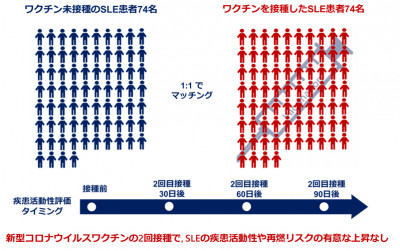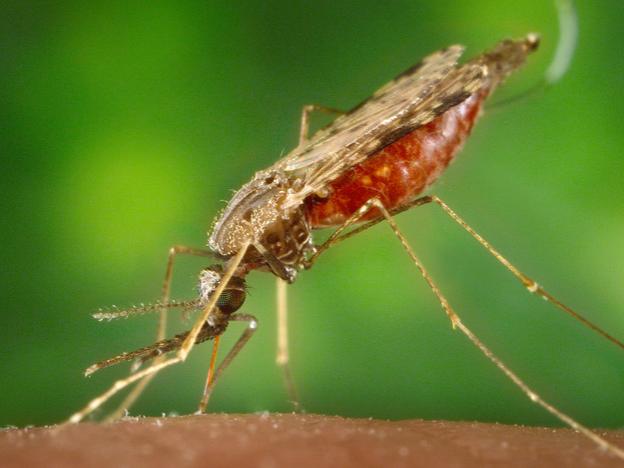2022-10-26 スウェーデン・リンショーピング大学
これまで、発熱反応を起こすためには、肝臓や肺などの臓器の特定の細胞でもプロスタグランジンが産生されなければならないと考えられていた。しかし、リンショーピン大学の研究者たちは、このたび、そうではないことを明らかにした。
米国科学アカデミー紀要(PNAS)に掲載されたマウスの研究で、研究者たちは、脳の内皮細胞だけが発熱反応の生成に必要であることを明らかにした。
研究チームは、脳内皮細胞でのプロスタグランジン産生を制御する特定の遺伝子を取り除いた遺伝子改変マウスを用いて研究を行った。このマウスに、ある種のバクテリアの細胞壁に存在する物質を注入し、発熱を起こさせた。その結果、遺伝子改変マウスは、注射後も発熱反応を示さなかった。
このことから、研究者らは、発熱を引き起こすにはこの内皮細胞が必要であると結論づけたが、十分であるかどうかは示さなかった。そこで、プロスタグランジンE2を産生できる細胞が脳内皮細胞だけである別の遺伝子改変マウスを用いた試験を行った。このマウスでは発熱反応が見られ、脳内皮細胞で十分であることが確認された。
これらの実験は、実験動物の管理・診察の高度な技術によって可能になった。手術で静脈カテーテルを挿入し、テレメトリーで体温を記録することで、動物にストレスを与えることなく注射も測定もでき、発熱反応をより正確に観察することができる。
<関連情報>
- https://liu.se/en/news-item/the-brain-cells-needed-for-fever
- https://www.pnas.org/doi/10.1073/pnas.2122562119
脳内皮細胞におけるプロスタグランジンの選択的産生は発熱に必要かつ十分である Prostaglandin production selectively in brain endothelial cells is both necessary and sufficient for eliciting fever
Kiseko Shionoya, Anna Eskilsson and Anders Blomqvist
Proceedings of the National Academy of Sciences Published:October 17, 2022
DOI:https://doi.org/10.1073/pnas.2122562119

Abstract
Fever is known to be elicited by prostaglandin E2 acting on the brain, but its origin has remained disputed. We show in mice that selective deletion of prostaglandin synthesis in brain endothelial cells, but not in neural cells or myeloid cells, abolished fever induced by intravenous administration of lipopolysaccharide and that selective rescue of prostaglandin synthesis in brain endothelial cells reinstated fever. These data demonstrate that prostaglandin production in brain endothelial cells is both necessary and sufficient for eliciting fever.


